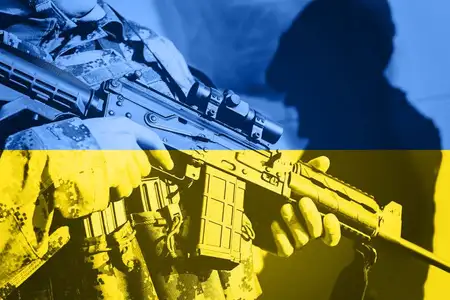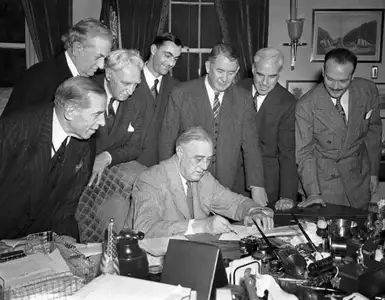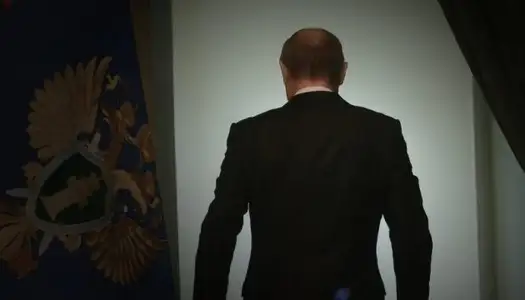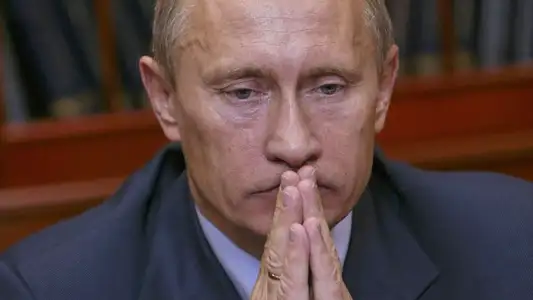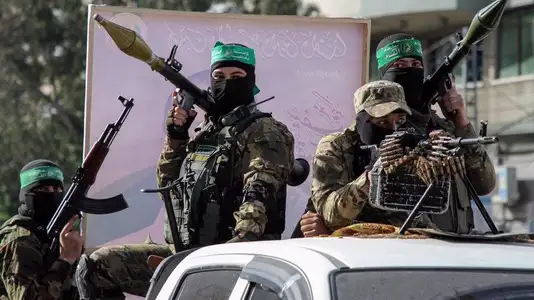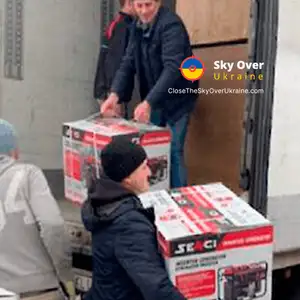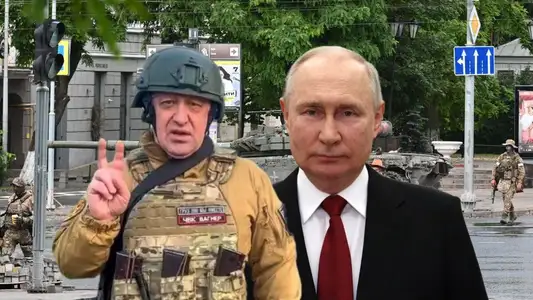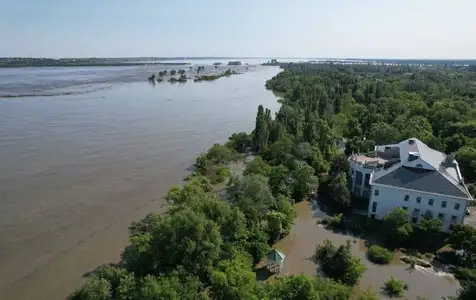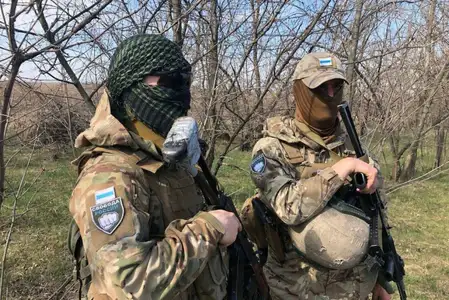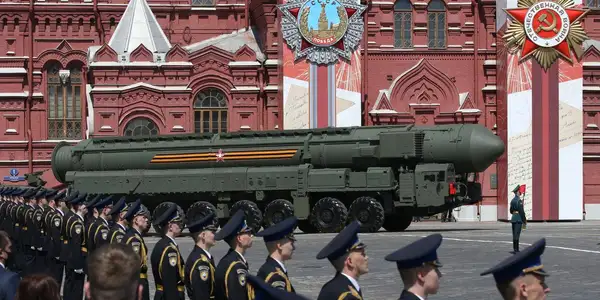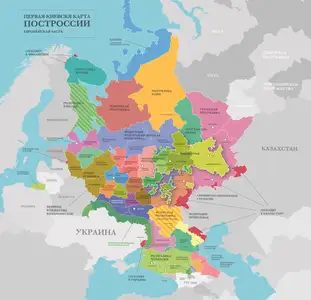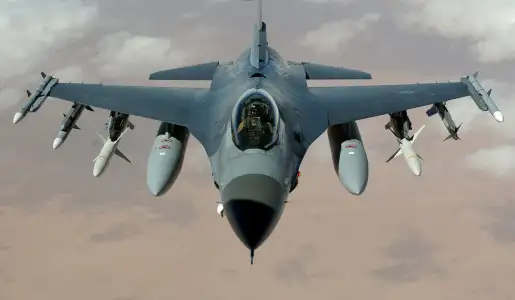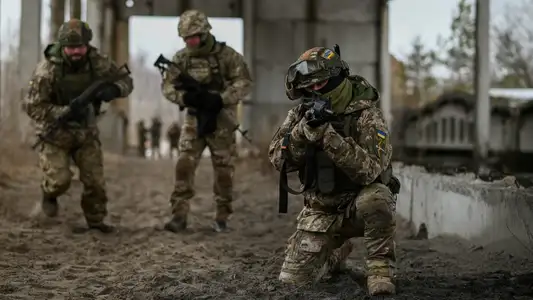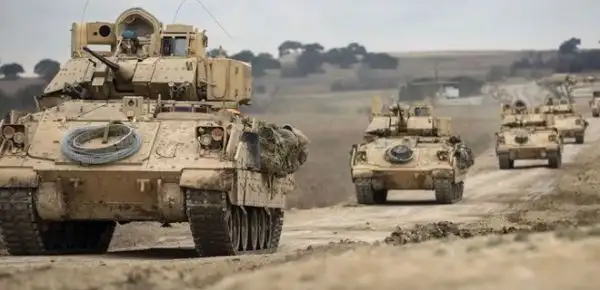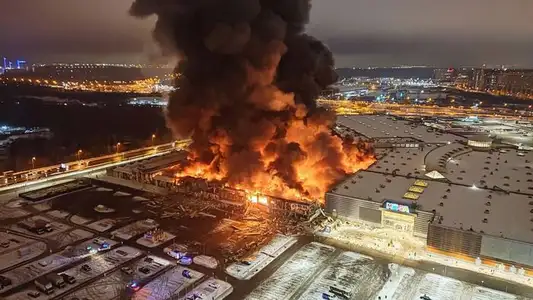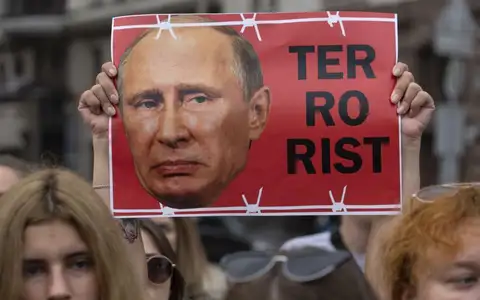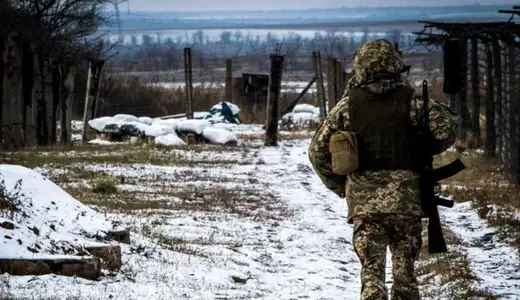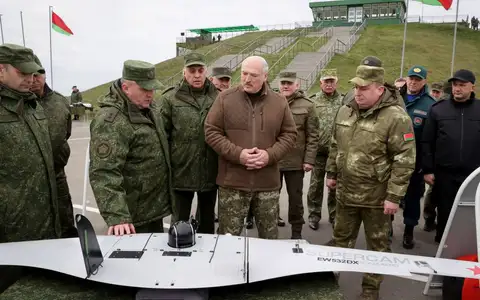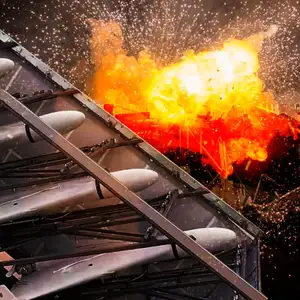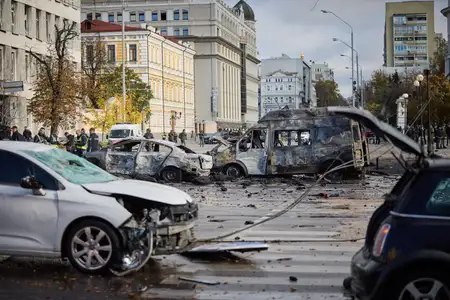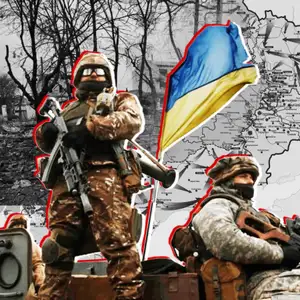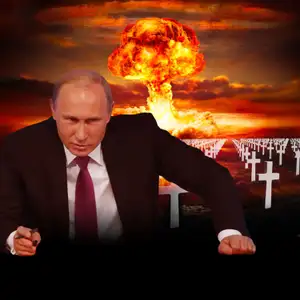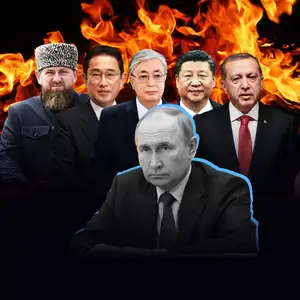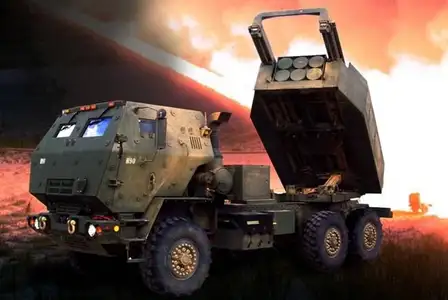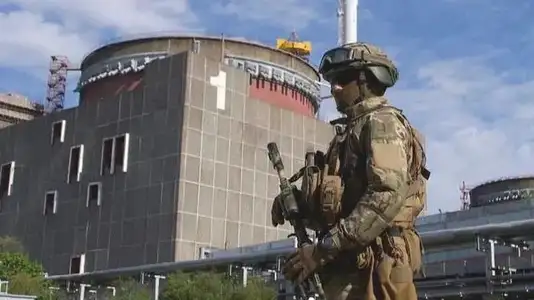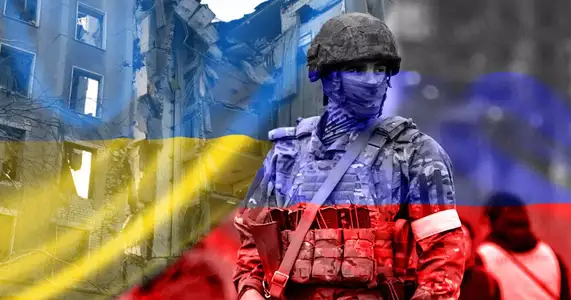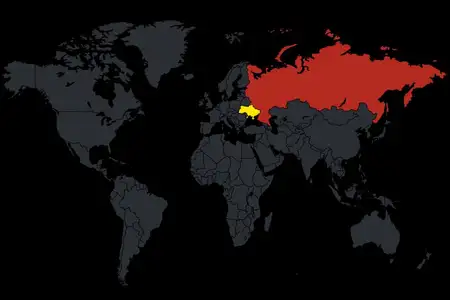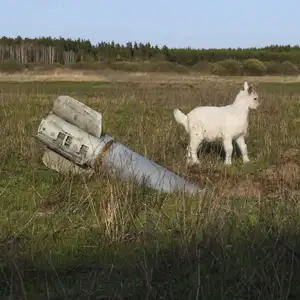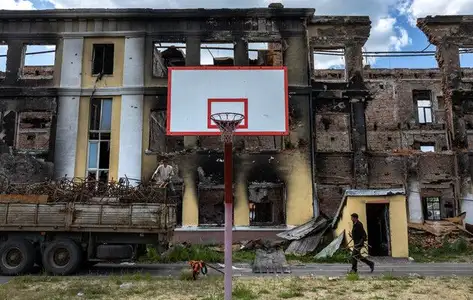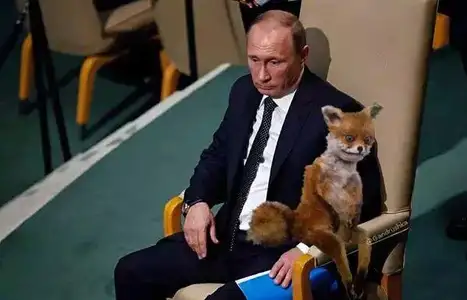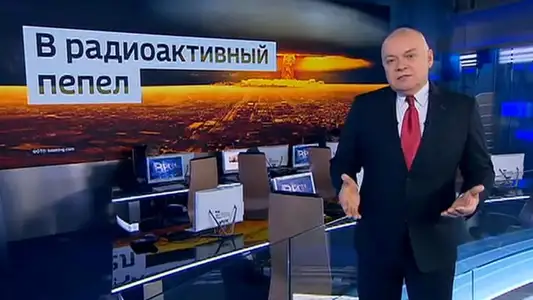Explosions at military facilities in Russia: What is their importance?
In early December, several "incidents" happened at air bases and other military facilities in Russia. It looks like we can talk about a new phase of the war.
On December 5, explosions caused fires at the Engels airfield in the Saratov region and at the Dyagilevo airfield near Ryazan, and on December 6, near the Kursk airfield. In all cases, the authorities claim that the attacks were carried out by drones launched by Ukraine.
Ukraine neither confirms nor denies its involvement in the incidents. Meanwhile, the Western media, citing sources, write that the drones were still Ukrainian and admire Kyiv's tactical ingenuity.
Some experts are even starting to talk about a turning point in the war. Let's look into why.
Is the war moving into Russian territory?
Of course, these explosions at military facilities inside Russia and in the temporarily occupied territories are not the first ones. In connection with them, many witty memes have long appeared in the Ukrainian Internet space and have become popular. Not to mention the numerous explosions and fires that occur from time to time at various civilian sites, and of course about the explosion on the Crimean bridge. We regularly publish relevant videos and photos on our Facebook page and Telegram Channel.
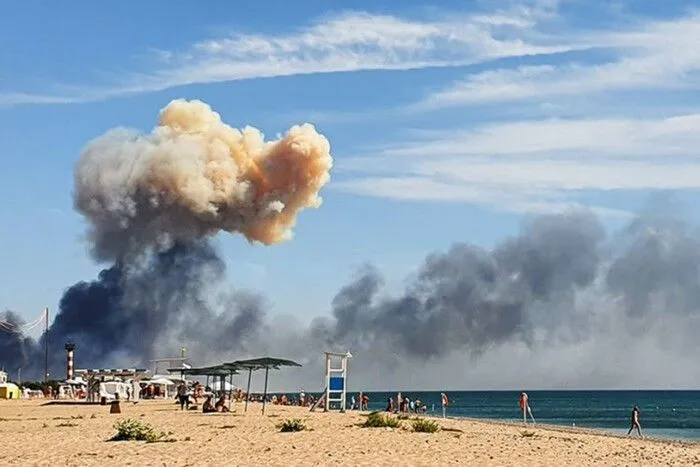
As for Russian military facilities, the first attacks were noted two months after the start of the full-scale invasion (Baltimore airfield in Voronezh). At the end of June, there was an explosion in Kursk in the area where two air regiments of the armed forces were based. In August, a series of explosions occurred at Russian facilities in temporarily occupied Crimea (air bases near Novofedorivka, Simferopol, and Sevastopol).
It is worth noting that in early September, Ukraine for the first time admitted its involvement in the series of strikes against Russian air bases in Crimea. In an article authored by Valeriy Zaluzhny, Commander-in-Chief of the AFU, and Mykhailo Zabrodsky, first deputy head of the parliamentary defense committee, the missile strikes on these facilities were cited as an example of shifting the war closer to the enemy.
In addition, in August, explosions occurred at the Zyabrovka airbase in Belarus, which is in every way aiding Russian aggression. On September 24, explosions occurred near the airport in Kursk. In mid-November, explosions were reported near a military airfield in Dzhankoy in northern Crimea, where the occupiers have a large concentration of military equipment.
Although, when attacking Ukraine in late February, the Russian leadership hardly thought about the fact that the war could move into its territory. Now it will probably be difficult for them to continue claiming that “everything is going according to plan”.
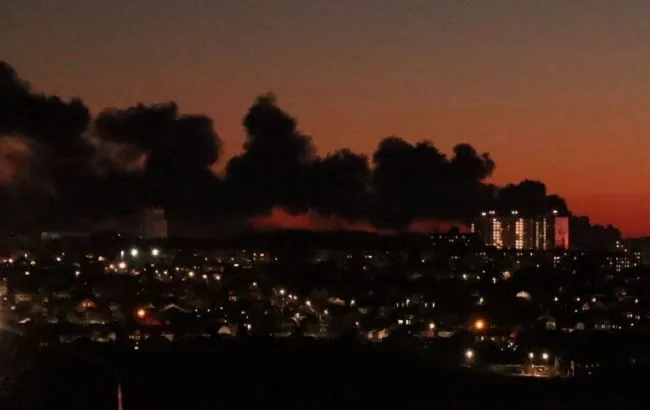
What is special about the recent explosions in December?
The December explosions, first of all, were distinguished by their frequency as well as by their range, so we pay special attention to them.
- On the morning of December 5, explosions were heard at two airfields in different regions. According to Russian media reports, a drone crashed on the runway of the Engels airbase in Saratov region. According to preliminary reports, two servicemen were injured as a result of the "drone attack" and two Tu-95 rocket-propelled bomber aircraft were damaged.
It is reported that Russia had concentrated its strategic aviation to this airfield. Aircraft from this airfield carried out missile strikes on Ukrainian infrastructure. The distance from Ukrainian territory is about 500 km and even more from the front line.
- A second explosion was heard at the Dyagilevo airfield near Ryazan. According to Russian media reports, a gas tanker caught fire and exploded. As a result, three people were allegedly killed and six more injured (these are the official figures; actual casualties may be higher). The distance from Ukrainian territory is about 460 km.
- On the night of December 6, there was an explosion near the Khalino airfield in Kursk, followed by a fire. An oil storage tank burst into flames at the site, and the fire engulfed two tanks. The region's authorities again reported a drone attack.
By the way, since the start of the full-scale invasion, this airfield was turned from a civilian to a military one. It is known that it is capable of receiving Il-76, Tu-154, Airbus A320 aircraft, as well as lighter aircraft. Also, its runway can be used by helicopters of all types. The distance from the Ukrainian territory is about 100 km.

- The same night, another explosion took place in Bryansk. According to Russian media reports, drones allegedly attacked the Slava plant. As the Russian propagandists assure us, the drones fell just meters away from the tanks where fuel is stored. They also say that the 5-ton tanks were empty at the time of the hit. The fire was not too bad. However, the video from the scene shows that the fire is quite intense.
The interesting thing is that the Slava plant is not just another warehouse. It is part of the Federal Agency for State Reserves, which was created to provide state material reserves. According to available information, there are 48 reservoirs of 5 and 2 thousand cubic meters in capacity at the combine. It is not known how much fuel is stored there, as the relevant data belongs to the state secret. The distance from the Ukrainian territory is about 80 km.
As we can see, we are talking, firstly, about very "interesting" objects, and secondly, the range of the strikes increases – Saratov is as much as 500 km from the Ukrainian border, and Ryazan is only 184 km from Moscow.
But before we get into the strategic importance of achieving these targets, let's look at how different parties reacted to the incidents.
A painful blow: reaction in Russia
Apart from the range and simultaneity, these strikes were unexpected and very painful for Russia. In all the cases, Russian authorities claim an "attack by unknown drones," naturally pointing to Ukraine.
On Tuesday, December 6, Russian dictator Vladimir Putin held an operative meeting with the permanent members of the Security Council after the explosions. The meeting discussed the issues of "ensuring the internal security of the country."
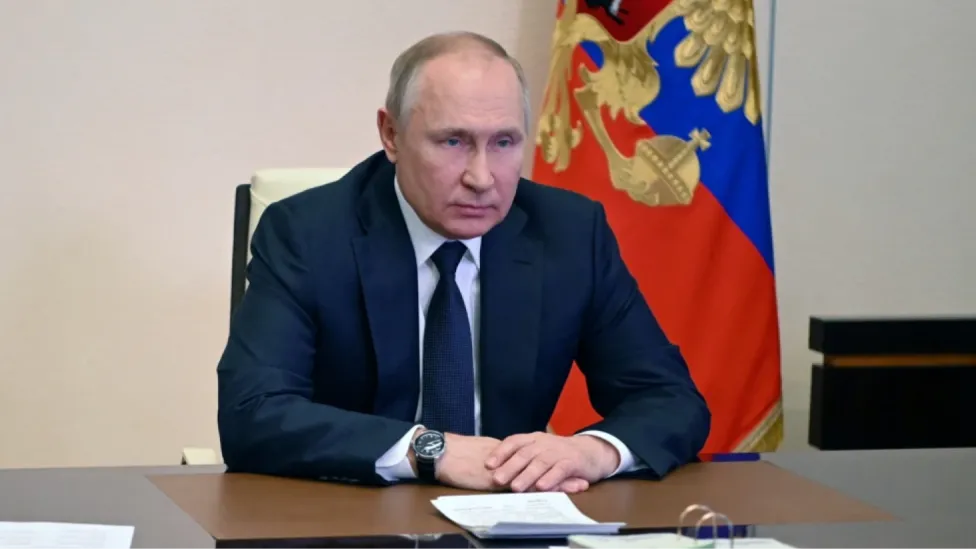
The Russian Internet community reacted very violently and oversensitively to the incidents. Speculation began to emerge as to what devices the attacks were made with.
Thus, the GreyZone channel, affiliated with the Wagner PMC, as well as the Russian "war correspondent" Alexander Kots stated that the attack could have been carried out by the Tu-141 "Strizh" UAV. This reusable Soviet operational-tactical reconnaissance unmanned aerial vehicle has a range of up to 1,000 km.
However, many disagreed with this assumption and remembered Ukroboronprom's (Ukrainian association of companies of defense industry) statement about a new development, especially since the day before the explosions it became known about the final stage of tests of Ukrainian UAVs (with a range of about 1000 km).
At the same time, some anti-Ukrainian channels concluded that "the version with the Tu-141 Strizh is a lie from the Russian leadership in order to hide the fact of the West's delivery of long-range weapons to Ukraine.
The Russians, frightened by the attack on the airfields, started discussing the "Ukrainian super-weapons" and what would happen next. Some suggested that now the Ukrainians could "strike Moscow with ease”.
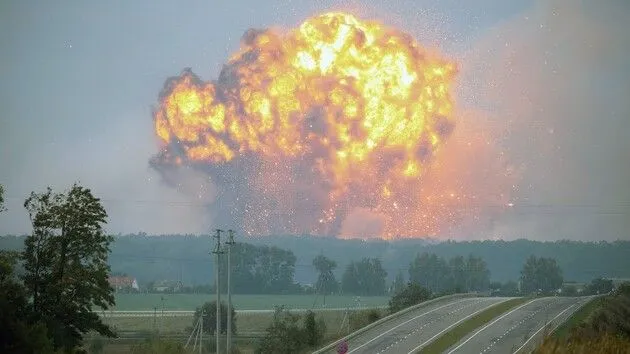
So, who was it? The position of Ukraine and the West
First of all, it should be noted that the AFU, unlike the Russian army, are waging an honest war – they are not fighting civilians or shelling civilian critical infrastructure. The AFU attack only those objects that, according to the Geneva Conventions (Article 52), are LEGAL military targets.
EU foreign policy spokesman Peter Stano, at a briefing in Brussels, commenting on the incidents, said that Ukraine has every right to defend its country.
"Ukraine is fighting a legitimate defense war. Ukraine is experiencing a brutal illegal attack. Ukraine has an absolute right, also enshrined in international law, to defend itself against this aggression, to defend its people and its territories. That is why the European Union and member states support Ukraine by various means: financial, economic and military," Stano stressed.
Representative of the Main Directorate of Intelligence of the Defense Ministry Andriy Yusov said that it is yet impossible to confirm or deny the involvement of Ukraine in the explosions at the Russian airfields on December 5. Such information will be known only after the war is over.
"The government of the aggressor state is responsible for what happens on the territory of the aggressor state. Today's events are another sign of degradation of their infrastructure, including military infrastructure," Yusov noted.-
On 6 December, U.S. State Department spokesman Ned Price said that the United States did not provide Ukraine with weapons that would allow strikes on Russian territory, nor did it encourage Kyiv to resort to such actions.
On the same day, Pentagon chief Lloyd Austin said the U.S. was not making any attempt to prevent Ukraine from developing its own long-range capabilities that could lead to strikes on Russian territory. "We are not working to prevent Ukraine from developing its own capabilities," Austin said.
Thus, both the Ukrainian side and the West are sort of distancing themselves from this issue, but this fact does not influence the significance of such attacks. Here we come to the most interesting part.
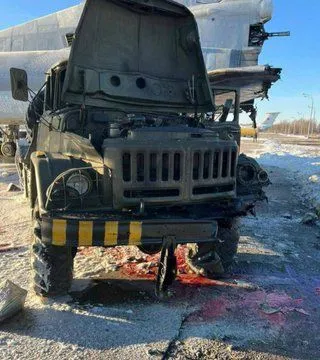
What is the strategic importance of these attacks at today’s stage of the war?
All of these curious incidents lead to a number of interrelated conclusions.
- Historical irony
It is symbolic that the attack on the Saratov and Ryazan airfields took place on December 5, the day the Budapest Memorandum, about which we spoke in detail in the article Budapest Memorandum: When the guarantor himself violates the guarantee, was signed in 1994. Then Ukraine lost its status as a nuclear power (although before that its nuclear potential in some parameters exceeded that of the Russian Federation) and part of its strategic aviation and armament was destroyed, and part was transferred to Russia (!), among others hundreds of Kh-55 missiles. And probably including those very missiles the aggressor now shells Ukraine. Such a tragic historical irony! But the time will come when historical justice will prevail.
- Significant loses?
Experts of Defense Express reported that the Russian army has 60 strategic bombers Tu-95MS, of which more than 20 are in working condition. Therefore, damage to at least two of these aircraft (which, it is claimed, was caused by an explosion at the Engels airfield) is a significant result. Besides, there is no production of Tu-22M3 and Tu-95MS in Russia. That is, each of these aircraft – seriously enough damaged or destroyed – is a loss that the Russians will not be able to repair or compensate for (taking in account sanctions).
On December 6, satellite images before and after the explosions at the Engels airbase were published.
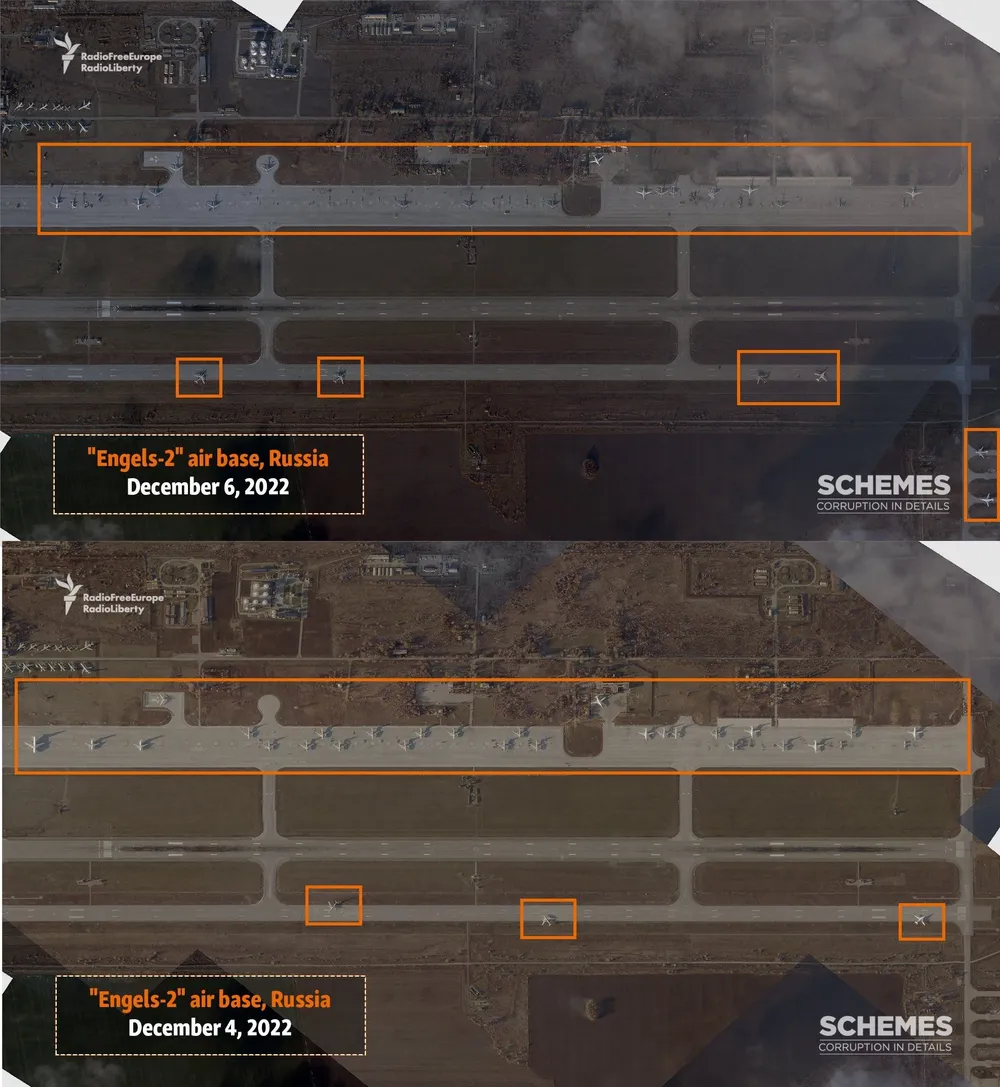
On December 9, the Air Forces of the Armed Forces of Ukraine reported that the Russian Air Force redeployed strategic aviation inland after explosions at military airfields. In particular, the Ukrainian Center for Strategic Communications reported that nine planes were moved from Dyagilevo airfield.
- Why "Engels"?
As military experts note, the Engels airfield complex, which remained after the collapse of the Soviet Union, is unique. The thing is that strategic aviation (strategic bombers) can be based anywhere, but it can be prepared for use and used only at airbases specially equipped for this purpose. Engels is such an airbase. If it is destroyed, the Russians in general will have a huge problem with the deployment and use of strategic aviation. It is not surprising that panic is brewing in the relevant Russian structures, because if such strikes become widespread, it will lead to very serious consequences.
British intelligence believes that the bombings at Russian airfields near Ryazan and at Engels can be assessed as some of the most strategically significant Russian defense failures since the invasion of Ukraine.
Engels is the main operational base of Russian long-range aviation in western Russia, where more than 30 heavy bombers are based. These aircraft are involved in Russia's "nuclear deterrent" and have also been frequently used to launch conventional cruise missiles at Ukraine. Therefore, apart from its purely military significance, it is a serious reputational loss.
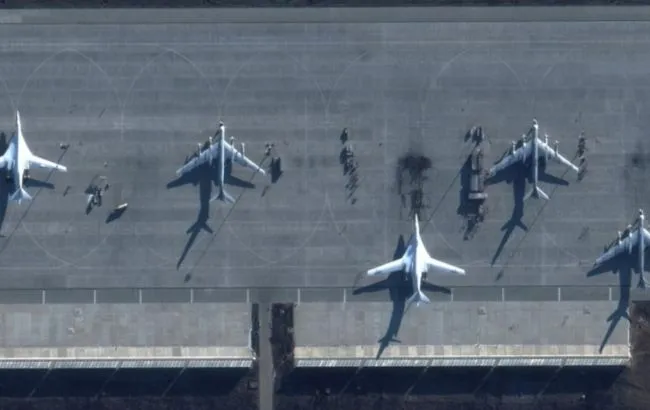
- Why doesn't Russia say that "it was NATO"?
Russia, like the U.S. and China, possesses the so-called nuclear triad, that is, the three components of a nuclear-armed strategic force: strategic aviation, intercontinental ballistic missiles, and nuclear submarine-launched ballistic missiles. The division of a state's strategic nuclear weapons among several types of nuclear strategic armed forces ensures that the entire combat-ready arsenal of nuclear weapons cannot be destroyed in the event of a surprise attack by the enemy, and provides greater flexibility in their use.
The classic nuclear triad consists of land, sea and air components. In this case, the air component was struck. As Ukrainian observers suggest, if this had happened in the times of the Soviet Union, it might well have been a pretext to start a nuclear war. But since today's Russia is hardly ready for such a confrontation with the West, the Kremlin does not raise the question that this could be a NATO weapon at all, and puts all the "blame" only on the Ukrainian side. After all, if this is really NATO, then it should be supposed to respond with a nuclear strike. The behavior of the Russian authorities indicates that Putin himself is actually afraid of nuclear war, otherwise he would behave differently after such significant incidents. And this is a good sign for us.
- Then it turns out that it was a Ukrainian "super-weapon" after all?
Of course, we do not know exactly what these strikes were actually carried out with, and let that remain a mystery for longer. But it certainly demonstrates the skill and ingenuity of the AFU, which only improves with time.
U.S. Under Secretary of State for Political Affairs Victoria Nuland told CNN that "nobody has claimed responsibility" for the drone strikes, but added that "the Ukrainian people are incredibly innovative; they are making their own drones, air and sea, that are incredibly effective”.
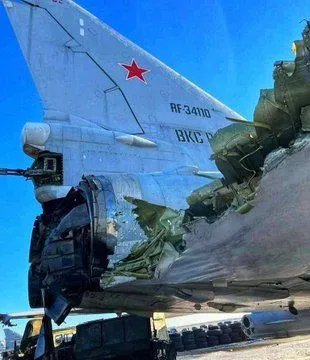
- The impotence of the Russian air defense system
More importantly: the fact that these attacks took place is evidence of the ineffectiveness of the Russian air defense system, which must be terribly worrying not only to Russian milbloggers but also to the occupants of the Kremlin. In fact, this is a very painful issue for Putin. From this point of view, the vast territory of the Russian Federation is a great disadvantage, because it is almost impossible to provide such huge areas with an effective air defense system.
But even the strategic airfields of the aggressor are not protected as they should be! Experts explain this by the fact that the overwhelming number of Russian anti-aircraft missile systems and air defense radars are concentrated at the frontline and suffer significant losses there. Therefore, the Russians do not have enough forces and are not able to build a dense defense even for their strategic facilities. Another myth has been busted, this time about an "echeloned air defense system" around Moscow!
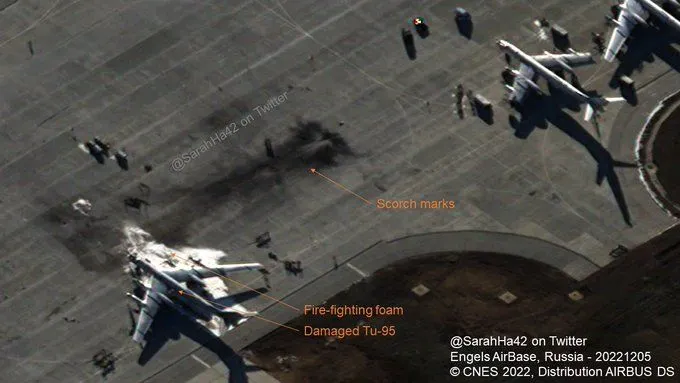
How might this affect the course of military operations?
The December 5 attack achieved another important goal: it weakened the effectiveness of the last massive terrorist bombardment of Ukraine which took place at the same day. At least two damaged planes at the Engels airbase are minus 6 to 12 launched missiles (the combat load of one TU-95 is up to 6 X-55 cruise missiles).
The Institute for the Study of War states that the explosions at the two strategic airfields could disrupt the Kremlin's campaign of massive missile strikes against Ukrainian infrastructure.
ISW also notes that anger over the Russian military's inability to prevent Ukrainian strikes on Russian strategic air bases outweighed praise for the latest round of strikes on Ukraine in the Russian blogging community.
So, if Western partners continue to support Ukraine in this direction or at least do not interfere to carry effective strikes against legitimate military targets on Russian territory, Ukraine could, first, strengthen its defense against shelling of peaceful Ukrainian cities from Russian territory and, second, significantly influence the further course of the war and even turn it around.
Let’s keep calm, hope that the geography of attacks on Russian military facilities will expand and we will soon hear about another "incidents" on the territory of the aggressor state.
Anastasiya Glotova

